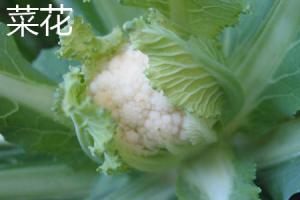Introduction
Tomatoes are a delicious and versatile fruit that are used in a variety of dishes. However, they are also very vulnerable to pests and diseases which can wreak havoc on the plant and reduce yield. In this article, we will explore various methods to stop bugs on tomato plants and ensure healthy and fruitful growth.
Identifying Common Pests
Before we can start to eliminate pests, it is important to correctly identify them. Some common pests that attack tomato plants include:
Aphids: small, soft-bodied insects that suck the sap from the leaves and stems.
Cutworms: caterpillars that chew through the stem of young tomato plants at the base.
Tobacco Hornworm: a large, green caterpillar that feeds on leaves and can rapidly defoliate a plant.
Tomato Fruitworm: a yellowish-green caterpillar that feeds on fruits, causing them to rot.
Cultural Control
One effective way to control pests is through cultural methods. This includes providing the right growing conditions for tomato plants:
Plant the crops in an open area that receives adequate sunlight and air circulation.
Ensure the soil is well-drained and rich in organic matter.
Clean up garden debris such as old leaves and fruit, as they can harbor pests and diseases.
Rotate your crops each year to avoid the build-up of pests and diseases in the soil.
Physical Control
Another way to control pests is through physical means. This includes:
Handpicking pests off the plants and disposing of them.
Placing barriers such as floating row covers or cardboard collars around the base of plants to protect them from cutworms.
Spraying plants with a strong stream of water to dislodge insects like aphids and spider mites.
Using yellow sticky traps to attract and catch adult insects.
Biological Control
Biological control is where natural enemies of pests are introduced into the garden to control their populations. This can include:
Releasing predatory insects such as ladybugs, lacewings, and praying mantises to feed on pests like aphids and caterpillars.
Introducing parasitoid wasps that lay their eggs inside the bodies of insect pests, killing them from the inside out.
Planting companion plants like marigolds or basil that help repel pests and attract beneficial insects to the garden.
Chemical Control
As a last resort, chemical control can be used to eradicate pests. However, it is important to use chemicals in a responsible manner:
Choose an insecticide that specifically targets the pest, and follow the instructions carefully.
Avoid using insecticides on blooming plants to protect bees and other beneficial insects.
Limit the use of chemical pesticides to prevent harm to the environment.
Always handle chemicals with caution, wearing gloves and a mask.
Conclusion
Now that you have learned how to stop bugs on tomato plants, you can take steps to prevent pests from damaging your crops. Whether you use cultural, physical, biological or chemical methods, the key is to keep a close eye on your plants and take action at the first signs of infestation. With a little effort and diligence, you can enjoy a bountiful tomato harvest without the interference of pesky bugs!

 how many times do yo...
how many times do yo... how many planted tre...
how many planted tre... how many pine trees ...
how many pine trees ... how many pecan trees...
how many pecan trees... how many plants comp...
how many plants comp... how many plants can ...
how many plants can ... how many plants and ...
how many plants and ... how many pepper plan...
how many pepper plan...































